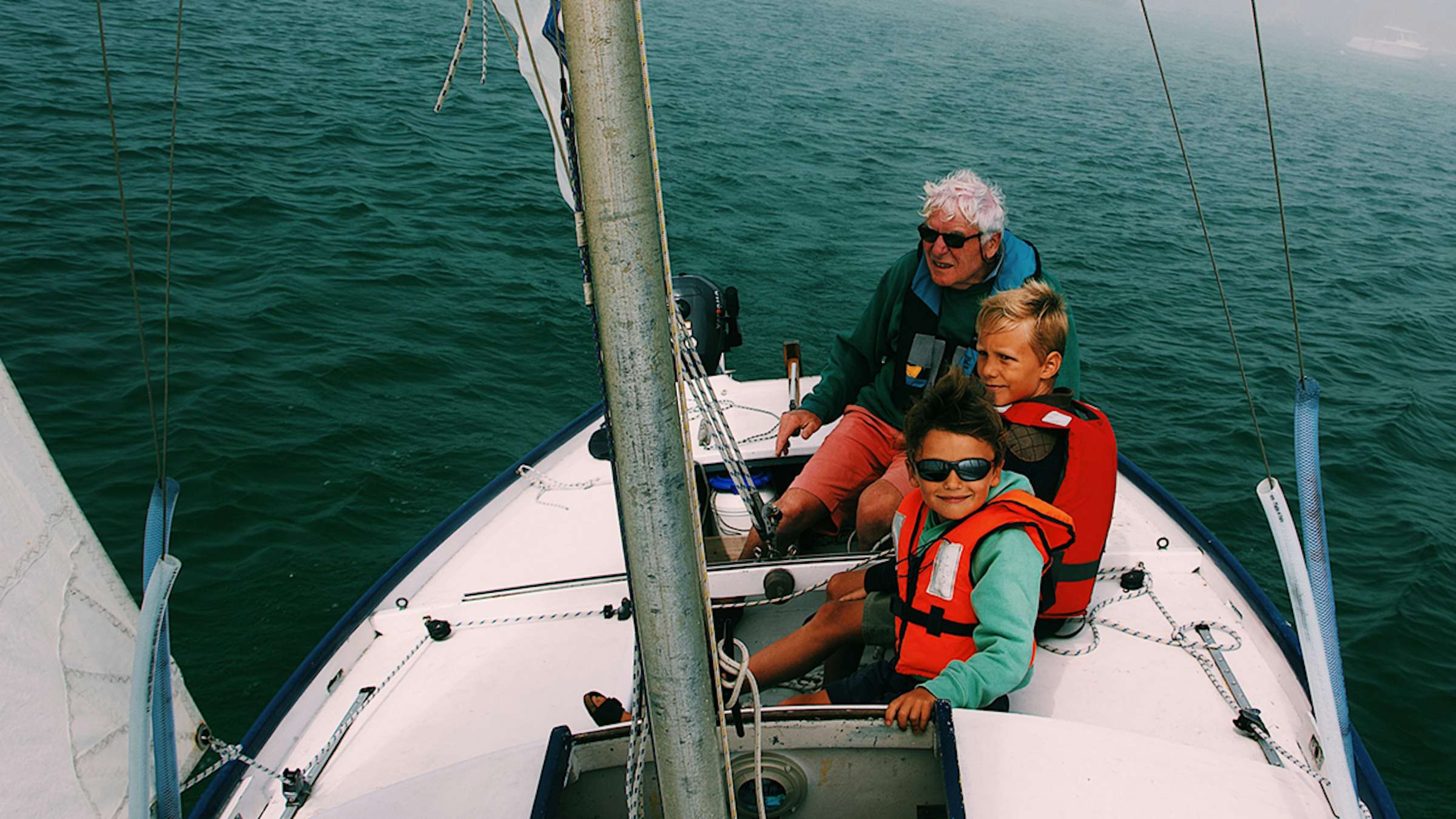
Choosing the right lifejacket
Are you hanging on to some lifejackets you’ve had for years, just in case someone needs them?
Chances are you may want to update them as they need to be fit for purpose/person and the concern is that wearing an unsuitable life jacket (also known as a personal floatation device) can actually provide a false sense of security. Lifejackets with either kapok filling or cotton straps, for example, should be destroyed and new jackets purchased. And note: most lifejackets have a lifespan of 10 years and will then need to be replaced.
Lifejackets are essential for all recreational activities on the water and there are many things to consider when choosing the right one. Considerations include not only size but where it will be used, with different ones recommended for open water to inshore waters. There are also semi-rigid and inflatables; some are comfortable and suitable to wear at all times, others are better suited for emergencies, some for wearing when partaking in nautical sport, and it should be noted that some are not designed to keep an unconscious person’s face above water. There are also life jackets for children and these have crotch straps to make sure they stay in place on smaller bodies.
If all this seems a bit confusing, then rest assured there are go-to sites that explain everything succinctly. Check out the Maritime NZ site where advice includes words, as well as YouTube clips with comprehensive advice on choosing the right lifejackets to wear; and choosing the best ones for children.
The first YouTube clip (very worth watching) states that lifejackets are the single most important piece of safety equipment onboard any commercial or recreational vessel.
“Spending a lot of time now choosing the right life jacket that suits your needs could save your life or the life of a loved one.” Need we say more?
In short, the right lifejacket is one that will suit your boating activities and crew. When choosing a lifejacket, consider:
- the type of recreational activities you do on the water
- the distance you plan to travel away from shore
- the weather and sea conditions you will encounter
- the local bylaws that may apply to your region
- the sizes available for children
Having the right lifejacket is so essential it gets a mention in the Boating Safety Code, which states…wear your life jacket (and make sure it’s the right size), take two waterproof ways to call for help, check the marine weather forecast, avoid alcohol, and know the rules to be a responsible skipper.
These key safety messages are based on common factors contributing to deaths in recreational boating. It’s little wonder then that, as a skipper, you are legally obligated to carry a correctly sized lifejacket for each person on board. Maritime rules state it is the skipper’s legal responsibility to ensure that lifejackets are worn in situations of heightened risk, such as when crossing a bar, in rough water, during an emergency, and by non-swimmers. If they are not worn, lifejackets must be stored so that they are immediately available in case of an emergency. Some bylaws go further than maritime rules, making the wearing of lifejackets compulsory for all onboard small craft. Check your local regional council bylaws for the requirements that apply in the waters in your part of New Zealand.